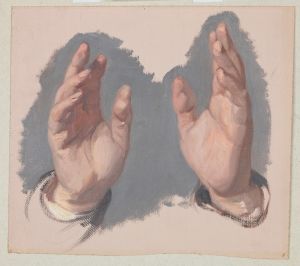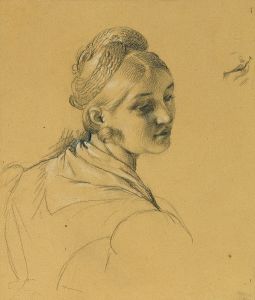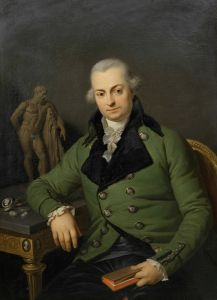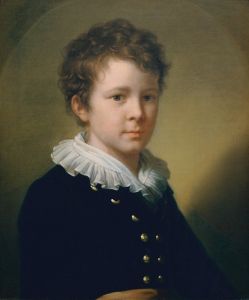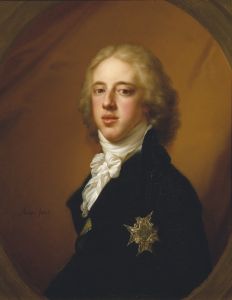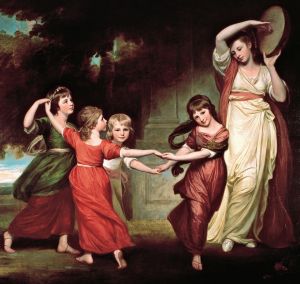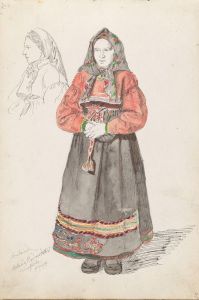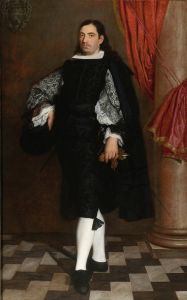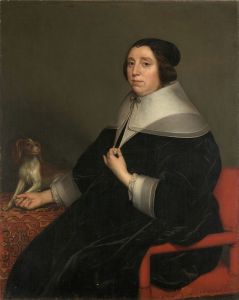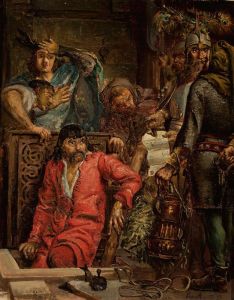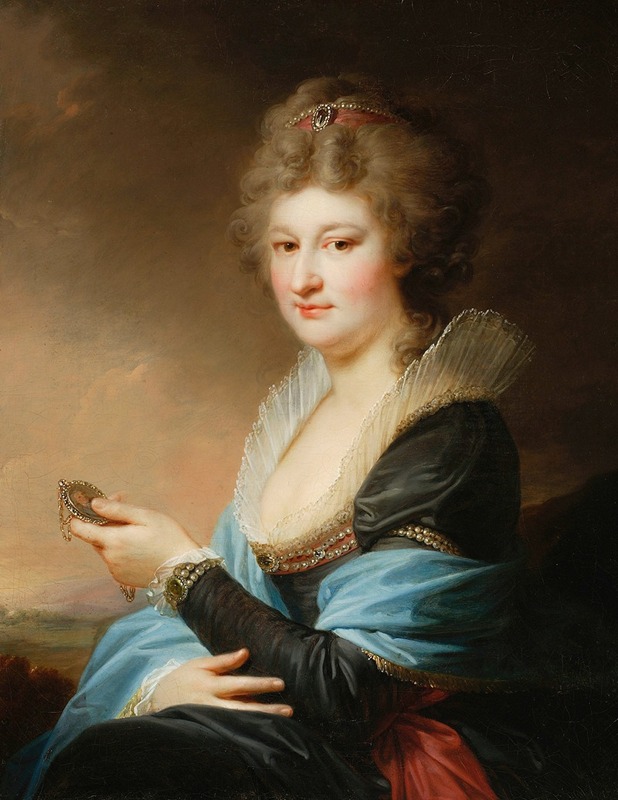
Portrait of Józefa née Radziwiłł
A hand-painted replica of Johann Baptist von Lampi the Elder’s masterpiece Portrait of Józefa née Radziwiłł, meticulously crafted by professional artists to capture the true essence of the original. Each piece is created with museum-quality canvas and rare mineral pigments, carefully painted by experienced artists with delicate brushstrokes and rich, layered colors to perfectly recreate the texture of the original artwork. Unlike machine-printed reproductions, this hand-painted version brings the painting to life, infused with the artist’s emotions and skill in every stroke. Whether for personal collection or home decoration, it instantly elevates the artistic atmosphere of any space.
The "Portrait of Józefa née Radziwiłł" is a distinguished artwork created by Johann Baptist von Lampi the Elder, an acclaimed Austrian portrait painter known for his refined style and ability to capture the essence of his subjects. Lampi the Elder was born in 1751 in Romeno, a small town in the Tyrol region, and he became one of the most sought-after portraitists of his time, working across various European courts.
This particular portrait depicts Józefa née Radziwiłł, a member of the prominent Radziwiłł family, which was one of the most influential noble families in the Polish-Lithuanian Commonwealth. The Radziwiłłs were known for their political influence, vast estates, and patronage of the arts. Józefa's exact identity within the family and her life details are not extensively documented in widely available sources, but her portrayal by Lampi suggests her significance and status.
Johann Baptist von Lampi the Elder was renowned for his ability to convey the nobility and grace of his sitters, often highlighting their social status through meticulous attention to detail in clothing and accessories. His portraits typically feature a smooth, polished finish and a keen sense of realism, which was highly appreciated by the aristocracy of the time. Lampi's work is characterized by its elegant composition and the subtle interplay of light and shadow, which adds depth and dimension to his subjects.
The portrait of Józefa née Radziwiłł exemplifies these qualities, with Lampi's skillful brushwork bringing out the textures of the fabrics and the delicate features of Józefa. The painting likely reflects the fashion and aesthetic preferences of the late 18th to early 19th century, a period when Lampi was most active. His ability to capture the personality and status of his subjects made him a favorite among European nobility, and his works were highly regarded for their artistic and historical value.
Lampi's career took him to various cultural centers across Europe, including Vienna, where he became a professor at the Academy of Fine Arts, and St. Petersburg, where he served as a court painter to Catherine the Great. His extensive travels and prestigious appointments contributed to his reputation as a leading portrait artist of his era.
The "Portrait of Józefa née Radziwiłł" is a testament to Lampi's mastery in portraiture and his ability to immortalize the figures of his time. While specific details about Józefa's life may not be widely known, the painting itself serves as a historical document, offering insights into the fashion, culture, and social dynamics of the period. As with many of Lampi's works, this portrait not only captures the likeness of an individual but also reflects the broader historical and cultural context in which it was created.





